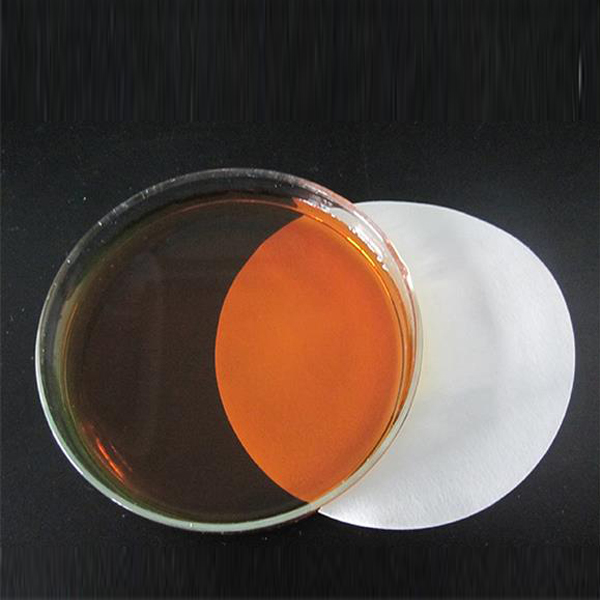
News
Gru . 24, 2024 03:41 Back to list
Choosing the Best Chelated Iron Fertilizer for Healthy Plant Growth and Nutrition
The Importance of Chelated Iron Fertilizer for Plant Health
Iron is an essential micronutrient that plays a vital role in plant growth and development. It is crucial for various biochemical processes, including chlorophyll synthesis, respiration, and nitrogen fixation. However, iron deficiency is a common problem in many soils, often leading to stunted growth, poor yield, and yellowing of leaves, a condition known as chlorosis. To mitigate this issue, chelated iron fertilizers have emerged as an effective solution.
The Importance of Chelated Iron Fertilizer for Plant Health
One of the notable benefits of chelated iron fertilizers is their ability to improve the overall health and vigor of plants. The availability of adequate iron promotes robust chlorophyll production, enhancing the plant’s photosynthetic capacity. As a result, plants can produce more energy and grow stronger, which translates to better yields. This is particularly important in agricultural practices, where maximizing crop productivity is crucial for economic viability.
chelated iron fertilizer for plants

Moreover, chelated iron fertilizers are versatile and can be applied in various ways. They can be used as foliar sprays, soil amendments, or incorporated into hydroponic systems. Foliar applications are particularly effective for quick correction of iron chlorosis, as leaves can absorb the iron directly, providing an immediate boost. On the other hand, soil applications can help to gradually improve soil fertility, benefiting not just the current crop but future planting as well.
In addition to promoting plant growth, chelated iron fertilizers can also play a role in enhancing soil health. Healthy plants contribute to the overall ecosystem of the soil, promoting beneficial microbial activity. This, in turn, can improve nutrient availability and soil structure, creating a more vibrant environment for plant growth.
It is also worth mentioning that not all chelated iron fertilizers are created equal. The effectiveness of a chelated iron product can depend on the type of chelating agent used. Common agents include EDTA (ethylenediaminetetraacetic acid), DTPA (diethylenetriaminepentaacetic acid), and EDDHA (ethylenediamine-N,N’-bis(2-hydroxyphenylacetic acid)). Each of these agents has different properties and effectiveness, particularly at varying pH levels. For instance, EDDHA is particularly effective in highly alkaline soils, making it a popular choice among growers dealing with challenging soil conditions.
In conclusion, chelated iron fertilizers are a crucial tool for gardeners and farmers alike, helping to address iron deficiency in plants and ensuring optimal growth. By choosing the right chelated iron product, growers can effectively combat chlorosis, enhance photosynthesis, and improve overall plant health. As we continue to face challenges in agriculture due to changing climates and soil degradation, the importance of micronutrients like chelated iron cannot be overstated. Investing in the right fertilizers not only supports plant health but also contributes to sustainable agricultural practices that can feed a growing global population.
-
OEM Chelating Agent Preservative Supplier & Manufacturer High-Quality Customized Solutions
NewsJul.08,2025
-
OEM Potassium Chelating Agent Manufacturer - Custom Potassium Oxalate & Citrate Solutions
NewsJul.08,2025
-
OEM Pentasodium DTPA Chelating Agent Supplier & Manufacturer High Purity & Cost-Effective Solutions
NewsJul.08,2025
-
High-Efficiency Chelated Trace Elements Fertilizer Bulk Supplier & Manufacturer Quotes
NewsJul.07,2025
-
High Quality K Formation for a Chelating Agent – Reliable Manufacturer & Supplier
NewsJul.07,2025
-
Best Chelated Iron Supplement for Plants Reliable Chelated Iron Fertilizer Supplier & Price
NewsJul.06,2025
